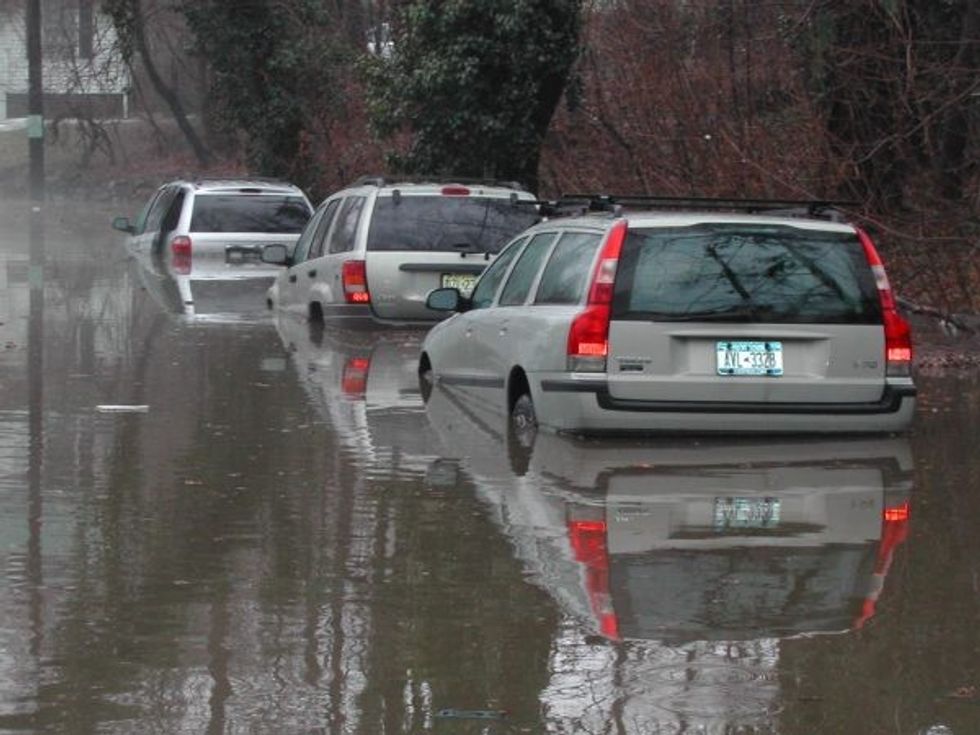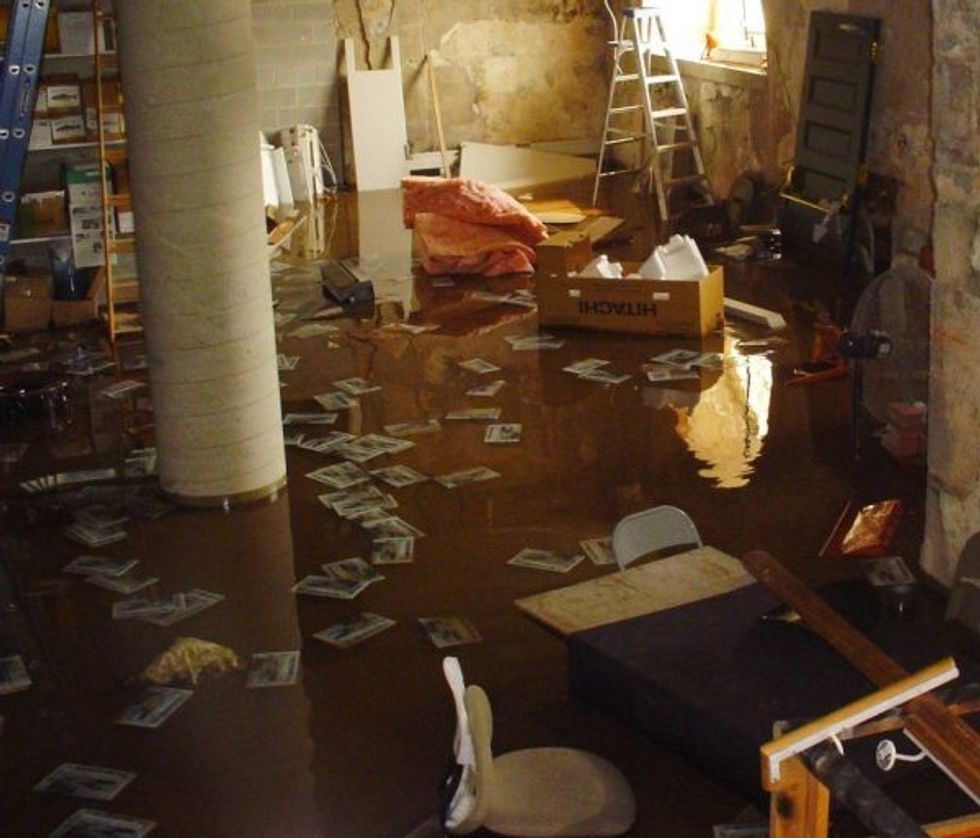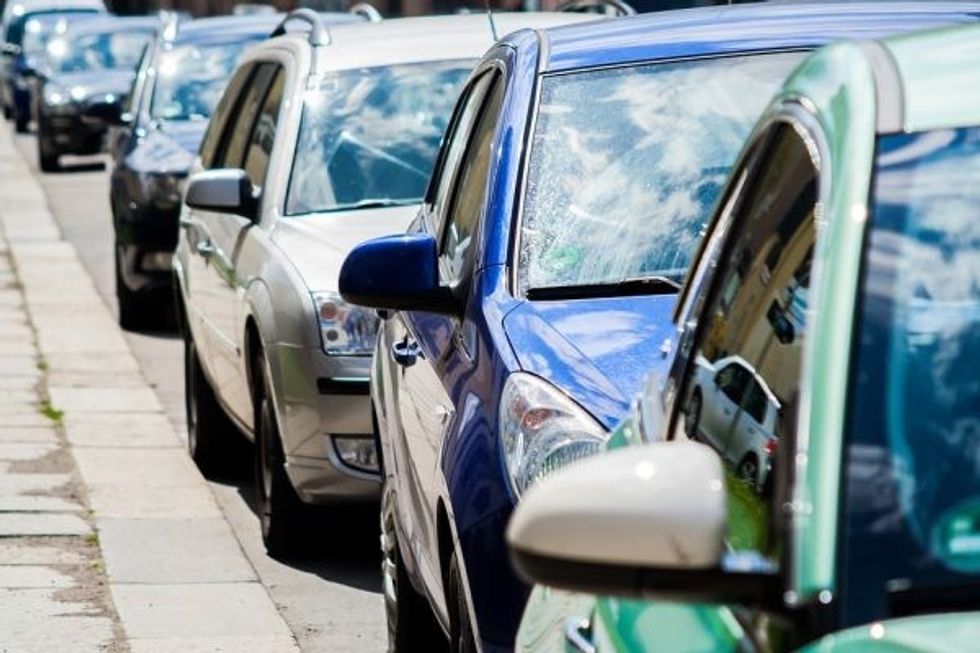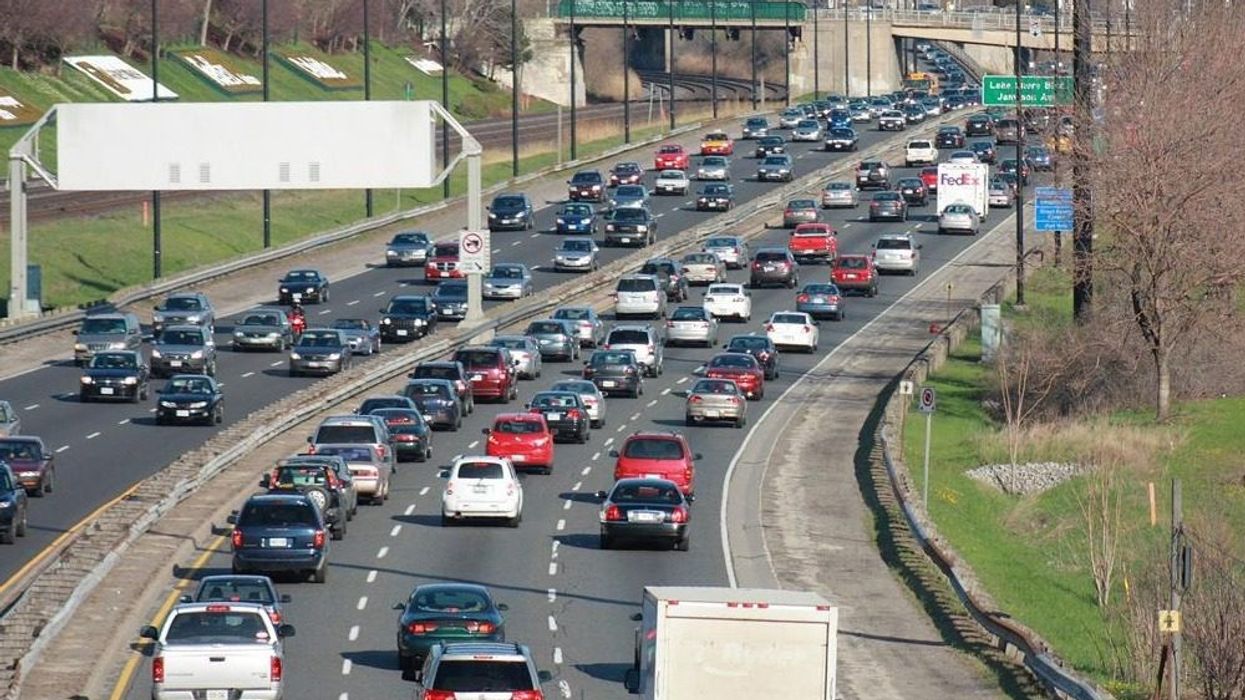It’s time to start investing in climate infrastructure in Canada before it’s too late.
A new report from the federally-funded think tank Canadian Institute for Climate Choices (CICC) reveals that Canada’s infrastructure isn’t prepared for the ensuing climate crisis. Far from it, actually.
We’re not just talking about aging infrastructure either. The third report in the institute’s Cost of Climate Change series finds that the country’s infrastructure decisions aren’t accounting for climate change. What’s more, Canada lacks the information, standards, and incentives needed to effectively design and manage infrastructure for the future of climate change in the first place.
But neglecting the inevitable reality of rising temperatures will leave Canadians under water both physically and financially if we don’t take action. And soon.

It’s time for governments to direct public and private investment toward more resilient future-fit infrastructure, says the CICC. Though pricey in already economically vulnerable pandemic-ridden times, proactively directing dollars on the infrastructure front to account for climate change is a smart investment that will cost much less in the long run.
This means rethinking everything from homes and buildings, to roads, railways, and power lines. It also means being more transparent and proactive when it comes to at-risk infrastructure. Homes, buildings, and critical infrastructure are all at risk, unless new investment and improved regulation make these assets more resilient to the changing climate.
If you need more reason to care, the report found that many Canadian business and home owners actually have no way of knowing whether their property is in danger of serious climate-related impacts like flooding and wildfires.
According to the report, government data that is currently publicly available from local conservation authorities generally only show areas that risk flooding due to rivers and coasts. This means Canadians are unknowingly purchasing homes and commercial land in danger zones.
After dishing out a fee, CICC researchers were able to obtain data from a private company, JBA Risk Management, that revealed 325,000 buildings in Canada are at risk of flooding from heavy rainfall and another 625,000 are at risk from flooding due to rivers breaching their banks. These buildings' blissfully unaware owners have no clue their assets are at risk.
Furthermore, in the past three years, 10% of building permits in Vancouver were granted in areas that are already under risk of flooding -- a risk that will only grow with climate change.

"As Canada wakes up to the reality of a rapidly changing climate, there's no better or more urgently needed investment than in climate-resilient infrastructure that helps us reduce carbon emissions,” says Alyson Slater, Senior Director, Sustainable Finance, Global Risk Institute. “Responsible management of physical climate risk in the financial sector is critical for turning risky investments into resilient ones."
According to the CICC, up to half of all of Canada’s productivity growth in the past 45 years can be attributed to investment in public infrastructure. But Canada’s infrastructure is falling behind in our changing climate. “We are struggling to fund, build, and operate infrastructure that provides the services people and the economy require,” reads the report.
Naturally, revamping Canada’s infrastructure doesn’t come cheap. Some estimates put the cost of bringing infrastructure up to an acceptable standard across the country at over $250 billion, according to the CICC.
However, doing nothing to correct the problem comes with sky-high price tags too. Not only are by-products of climate change like power outages frustrating and potentially dangerous, they’re extremely costly. The current costs of power outages in Canada -- most of which are weather-related -- sets the country back a cool $12B each year, according to the CICC.
Furthermore, many of Canada’s roads lead to future problems. According to the CICC, over 15% of Canada’s roads are in poor or very poor conditions. Not to mention, they remain relentlessly congested. According to the CICC, traffic congestion in the Greater Toronto Area (GTA) and the rapidly growing Hamilton costs $11B per year.

Climate change has the potential to strain electrical distribution systems and cause roads and highways to buckle and rut, says the CICC. Rising summer temperatures can deform metal rails, increasing the risk of derailment. Damage to roads and railways could increase by up to $5.4B annually by mid-century and by as much as $12.8B annually by end of century. Meanwhile, costs to repair and maintain electrical infrastructure could more than double by mid-century and triple by end of century, costing up to $4.1B annually.
The CICC estimates show that within 30 years, climate change will likely increase annual coastal flood damages to homes and buildings from about $60 million now to as much as $300 million. By the end of the century, if sea levels continue to rise, damages could approach $1.2 billion per year.
To call the costs of maintaining the status quo (i.e. doing nothing) high is quite the understatement.
So, what’s the solution? The CICC has some. According to the institute, shoreline protection and moving homes out of high-risk areas can reduce the future costs of coastal flooding by up to 90%. Similarly, repaving roads with climate-resilient materials can reduce climate-related costs by up to 98%. Meanwhile, using resilient materials when updating electrical infrastructure can reduce damage costs by 80%.
The CCIC also recommends publishing information on risks to inform public and private decision-making. For example, the report recommends the need for governments and regulators to require property owners to disclose any climate change risk. This information should be publicly available, says the CICC.
"Climate change is a massive threat to the public and private infrastructure that underpins Canada's prosperity. The challenge for governments today is to rapidly shift how infrastructure decisions are made in ways that factor in a changing climate,” says Ryan Ness, Adaptation Research Director, Canadian Institute for Climate Choices. “If these investments are planned wisely, Canada's infrastructure can be the foundation of a resilient, low-carbon future."
As the report highlights, meaningful and progressive decision making must be done with an equity lens to ensure communities aren’t left behind. The sad reality is that necessary repairs and upgrades are overdue and underfunded in regions across the country. “Access to clean drinking water and safe housing remains a critical need for tens of thousands of people -- and Indigenous communities in particular -- eroding health, safety, and prosperity,” writes the CICC.
The fact that some Canadians can’t access clean drinking water is absolutely unacceptable. According to the CICC, 32 Indigenous communities in Canada are currently under long-term drinking water advisories. Furthermore, less than half of rural or remote communities in Canada have access to broadband internet.
If that isn’t reason enough to recognize the need for change, we don’t know what is.





















